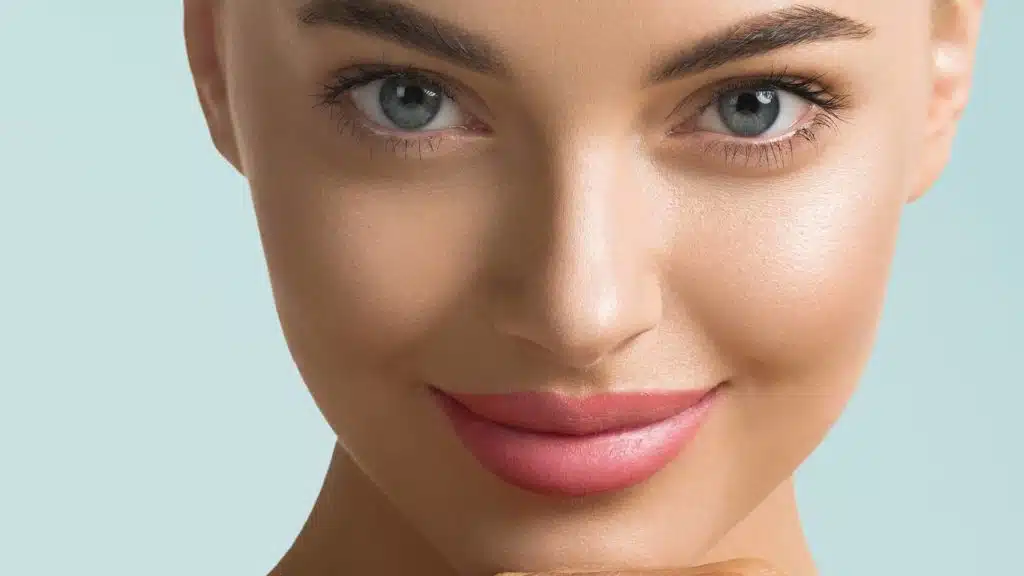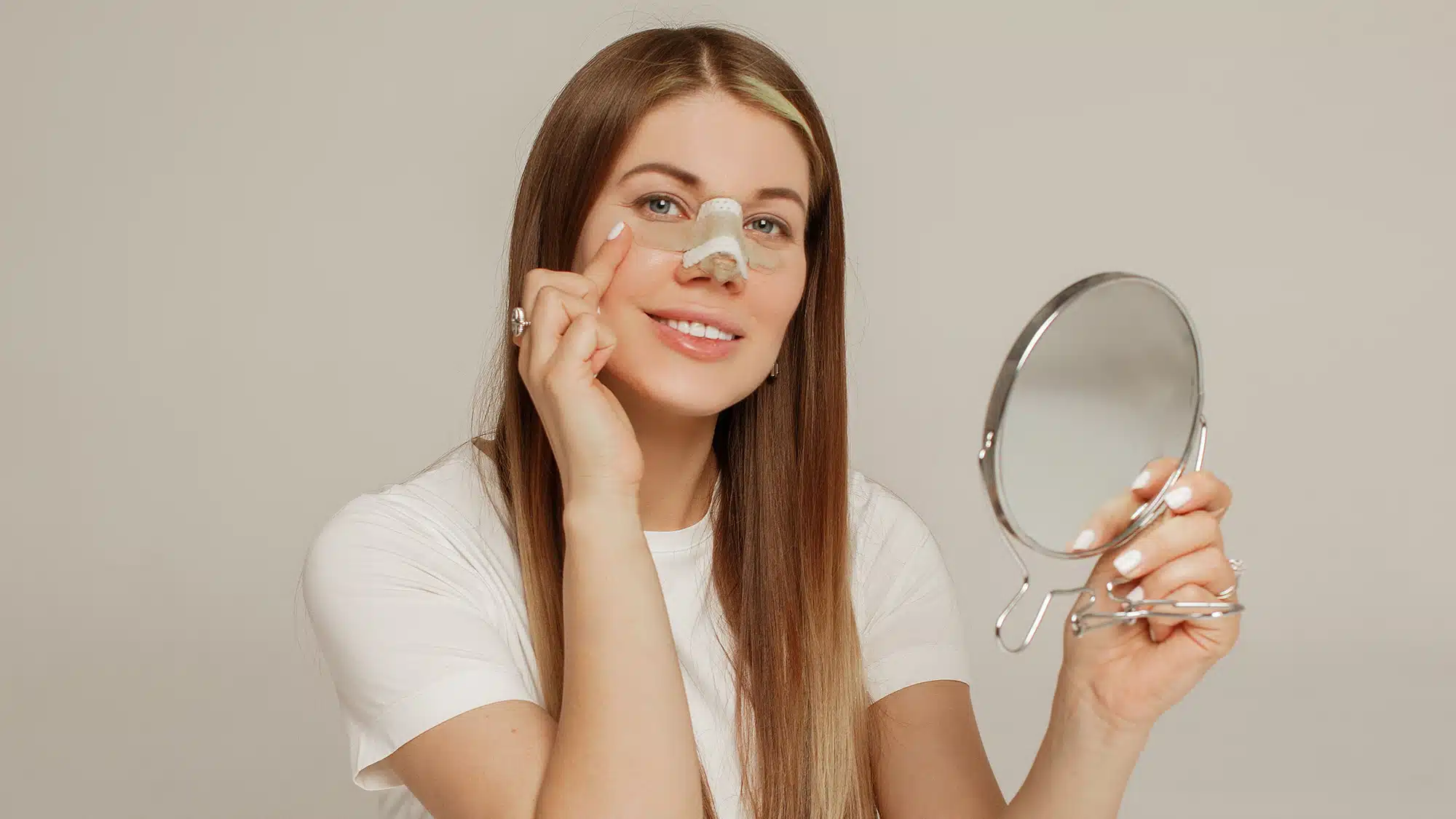
17 Post-Surgical Recovery Tips for Rhinoplasty Patients
Before undergoing any major cosmetic surgery, such as rhinoplasty in Beverly Hills, it is essential to seek the advice of a certified and board-certified surgeon. Your nose job consultation should include a discussion of the risks and benefits associated with the procedure and instructions for aftercare.
Proper rhinoplasty recovery requires careful attention to support healing after nose surgery. Many patients wonder what rhinoplasty recovery tips will help them recover smoothly, such as managing swelling, selecting comfortable clothing, and following a suitable diet. These practical steps offer daily care advice that simplifies the process.
Dr. Andrew Frankel provides trusted insights and practical recommendations for safe recovery.
Rhinoplasty Recovery Essentials
- Avoid swimming and intense exercise to support a safe rhinoplasty recovery.
- Choose comfortable clothing and practice gentle oral hygiene to ease your rhinoplasty healing process.
- Follow a vitamin-rich diet and stay hydrated to boost your rhinoplasty recovery.
- Manage nasal congestion and monitor bruising to promote effective rhinoplasty healing.
- Protect your nose during sleep and limit facial movements for a smoother rhinoplasty recovery.
Tip #1 – Why You Should Avoid Swimming During Rhinoplasty Recovery
Once the bandages come off and your nose has begun to set, you might think you’re in the clear. The truth is that swimming post-rhinoplasty can adversely affect your healing. The water pressure can exert undue force on your nose, potentially altering its new shape. Chlorine, a common pool chemical, may irritate sensitive nasal tissues, leading to discomfort or inflammation. Instead, consider relaxing activities that don’t involve submerging your face, such as reading or listening to music, to ensure a smooth recovery.
Tip #2 – Choosing the Right Clothing for Easy Post-Rhinoplasty Carehing
During recovery, it’s crucial to avoid pressure on your nose. Pulling clothes over your head can inadvertently apply such pressure and disturb the healing nasal structure. Opt for button-front shirts and zip-up tops, which are easier to put on and remove without contact with your face. This simple wardrobe adjustment can significantly aid in maintaining the integrity of your surgical results.

Tip #3 – Gentle Oral Hygiene Practices After Nose Surgery
Post-surgery, even brushing your teeth requires caution. Vigorous brushing can cause movement in the upper lip, impacting the nose’s delicate healing process. Use a soft-bristled toothbrush and gently brush your teeth to minimize any risk. This careful approach helps maintain the stability of your nasal structure during the critical healing phase.
Tip #4 – Managing Facial Expressions for Safe Rhinoplasty Healing
While recovering, it’s important to manage facial expressions. Excessive laughing or smiling can strain the healing tissues of your nose. While it’s essential to enjoy your recovery period, choose activities that are relaxing and don’t provoke extreme facial movements, like watching calm movies or reading, to ensure optimal healing.
Revitalize with Dr. Frankel
Step into a world where beauty blends with science, and let Dr. Frankel guide you to a refreshed, youthful appearance.
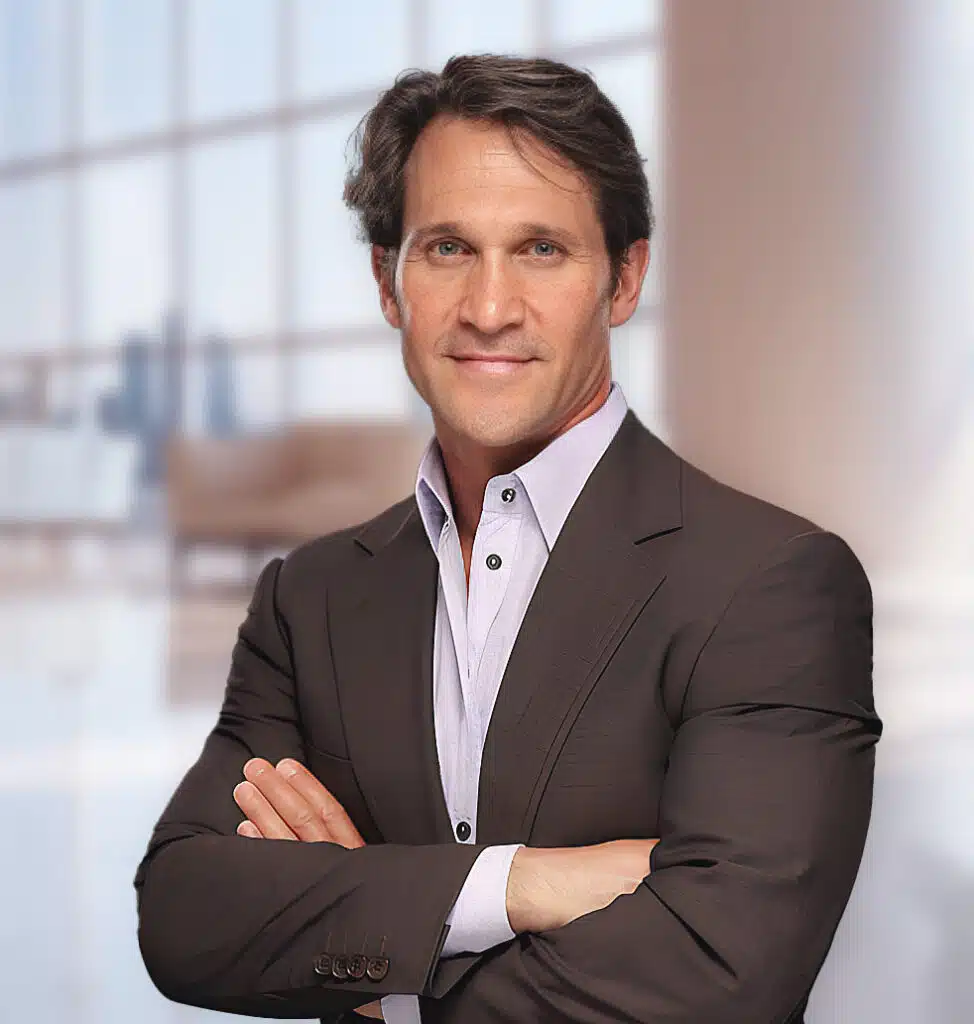
Tip #5 – Recommended Diet: What to Eat After a Nose Job
Chewing tough or chewy foods post-rhinoplasty can strain your facial muscles and affect your nose’s healing process. During the initial recovery phase, stick to soft foods like soups, yogurts, and smoothies. These are not only easy to consume but also reduce the risk of disrupting your nasal structure.
A balanced diet plays a pivotal role in your rhinoplasty recovery. Focus on foods rich in vitamins A and C, like citrus fruits and leafy greens, to aid in tissue repair and boost your immune system. Protein-rich foods such as chicken, fish, and legumes are essential for rebuilding tissues. Stay hydrated with water and avoid salty foods to minimize swelling. Incorporating these dietary changes will not only expedite your healing but also enhance your overall well-being during recovery.
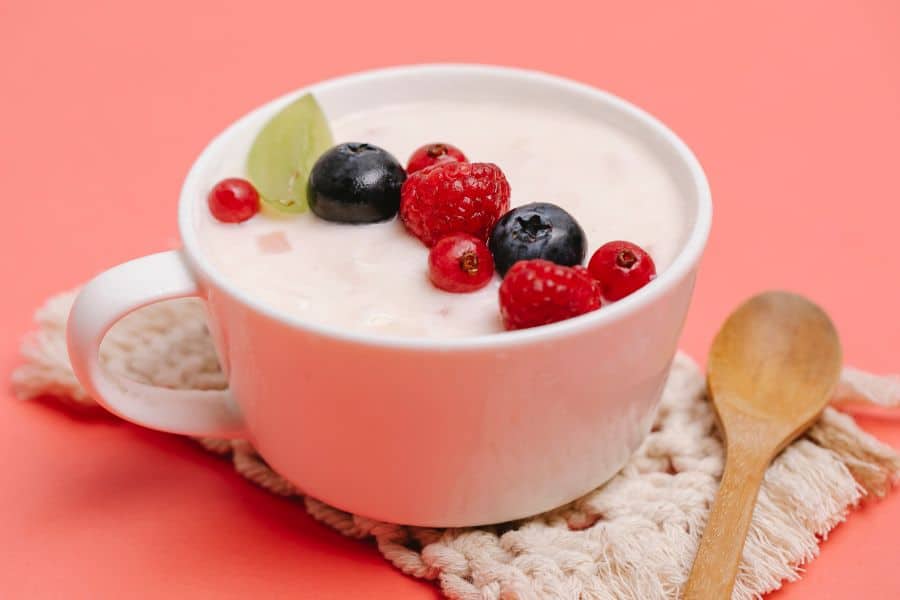
Tip #6 – How to Manage Nasal Congestion Post-Rhinoplasty
Blowing your nose can be detrimental in the early stages of rhinoplasty recovery. It can disrupt the delicate internal structures and lead to complications. If you feel congested, use a gentle saline spray or a humidifier to ease your discomfort. These methods help in managing congestion without risking your surgical results.
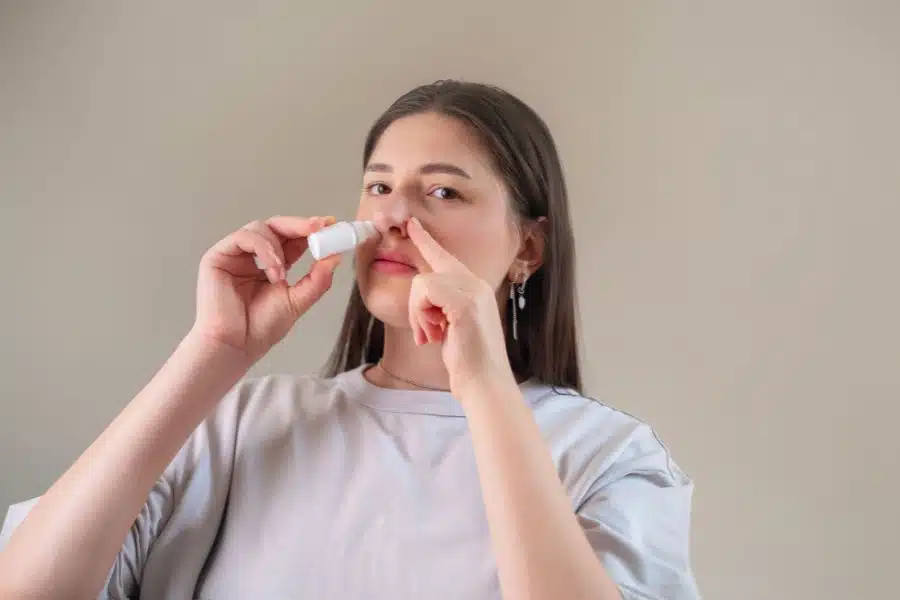
Tip #7 – Guidance on Wearing Glasses After Nasal Surgery
The weight of glasses on your nose can impact the healing process. If you rely on glasses, consider switching to contact lenses during your recovery period. If contacts are not an option, seek lightweight frames or special supports that minimize pressure on the nose, ensuring your comfort and the integrity of your rhinoplasty results.
Tip #8 – Sun Exposure After Rhinoplasty: What You Need to Know
Post-rhinoplasty, your nose is more susceptible to sun damage, which can lead to increased swelling and affect scarring. Use a high SPF sunscreen, wear wide-brimmed hats, and avoid direct sun exposure as much as possible. These precautions help protect your skin and ensure a more aesthetically pleasing healing process.

Tip #9 – Post-Rhinoplasty Exercise
After rhinoplasty, it’s vital to avoid activities that raise your blood pressure, like strenuous exercise. This precaution helps prevent swelling and bleeding in the nose area. Opt for gentle walks or light stretching exercises, which promote circulation without putting undue stress on your body, aiding in a smoother recovery.
Once you have healed sufficiently, you can gradually return to your normal activities. Bear in mind to consult with your Beverly Hills rhinoplasty surgeon before resuming any physical activity, as they will be able to guide you on when it is safe to do so. With proper care and attention during the recovery period, you can ensure that your results are optimal and that you can enjoy the benefits of your surgical procedure.
Adhering to scheduled follow-up appointments is crucial for a successful rhinoplasty recovery. These appointments allow your surgeon to monitor your healing progress, address any concerns, and remove or adjust splints and bandages as needed. They are also an opportunity to ask questions and get personalized advice for your recovery journey. Remember, consistent follow-up care is key to achieving the best possible outcome from your rhinoplasty procedure
Tip #10 – Monitor and Manage Bruising
After rhinoplasty, bruising is common, especially around the eyes. To minimize this, apply gentle cold compresses. Avoid using any blood-thinning medications or supplements unless prescribed, as these can exacerbate bruising.
Tip #11 – Careful with Facial Movements
Limit facial expressions that exert pressure on your nose. Activities like chewing hard foods, smiling broadly, or other exaggerated facial movements can affect the healing process. Opt for soft foods and maintain a relaxed facial demeanor.
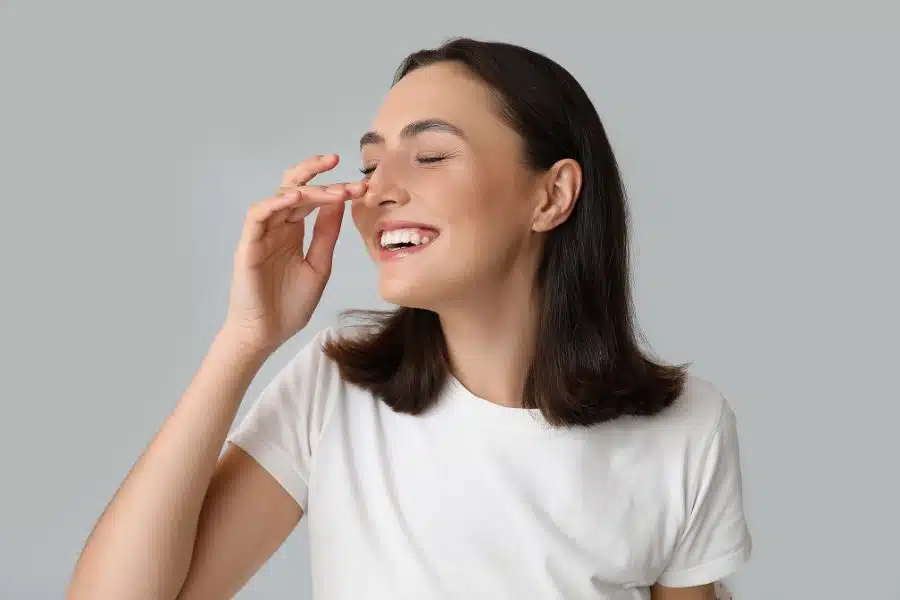
Tip #12 – Protect Your Nose While Sleeping
Sleeping positions can impact your recovery. Sleep on your back with your head elevated to avoid pressure on your nose. Avoid sleeping on your side or stomach, as this can cause asymmetry in healing.
Tip #13 – Avoid Certain Beverages
Post-surgery, it’s advisable to avoid alcohol and caffeine. Alcohol can increase swelling and bleeding risks, while caffeine can elevate blood pressure, potentially affecting healing.
Tip #14 – Be Mindful of Environmental Factors
Exposure to dust, smoke, or other irritants can hinder your recovery. Stay in a clean, controlled environment, especially in the first few weeks post-surgery. Also, avoid swimming pools where chlorine can irritate the nasal passages.
Tip #15 – Follow a Vitamin-Rich Diet
Incorporate foods rich in vitamins A and C, which aid in healing and tissue repair. Citrus fruits, leafy greens, and berries can boost your immune system and promote faster recovery.
Tip #16 – Gentle Nasal Cleaning
Post-surgery, keeping your nasal passages clean is crucial. Use saline sprays or gentle rinsing as advised by your surgeon. Avoid vigorous nose blowing or picking.
Tip #17 – Stay Hydrated
Drink plenty of water to stay hydrated. Proper hydration is essential for healing and helps reduce the risk of complications.
Plan Your Rhinoplasty & Recover the Right Way
To get expert guidance throughout the rhinoplasty process from start to finish, plan your initial consultation with an experienced surgeon. Dr. Andrew Frankel is board-certified in Facial Plastic and Reconstructive Surgery, as well as Otolaryngology-Head and Neck Surgery (Ear, Nose, and Throat). He is exceptionally well trained in the field of nasal surgery and has been recognized for his original research regarding vasculature to the nose and rhinoplasty’s effect on it. Schedule your appointment with Dr. Frankel, the best rhinoplasty surgeon in Beverly Hills, to guarantee your best results.
